Photographer, photo-technical writer, musician/composer, software developer, birder.
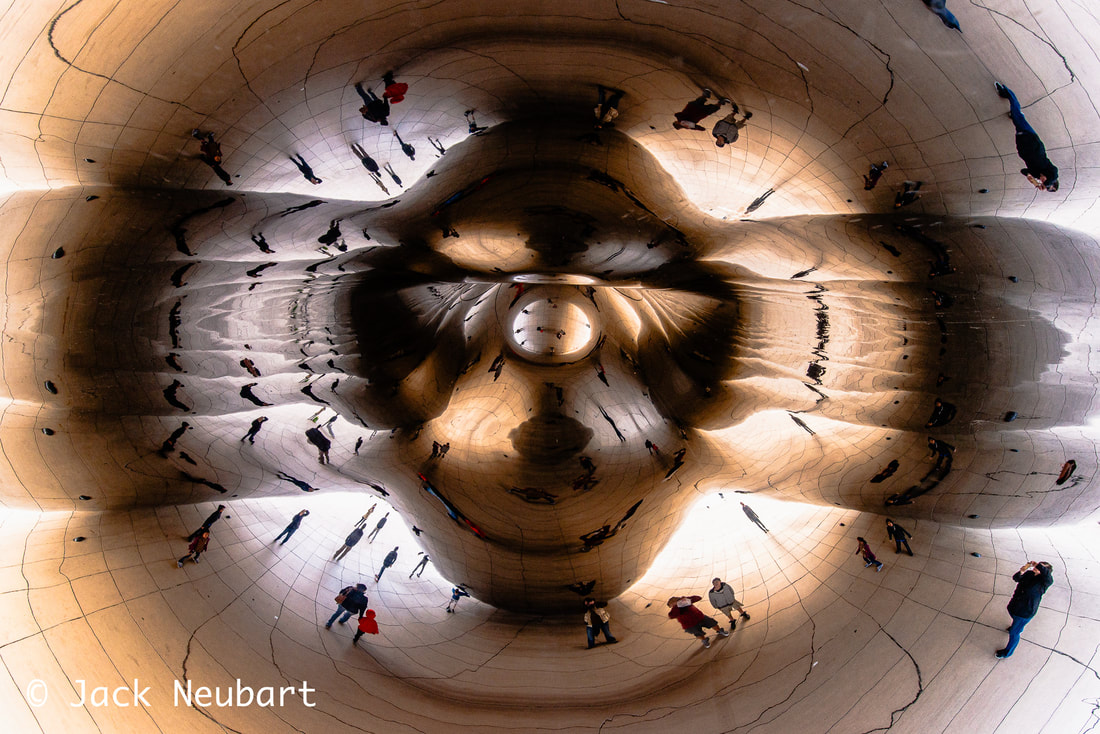
When Adobe adopted a subscription model for their software, Lightroom Classic found it had a younger sibling, in the form of Adobe Lightroom CC. But I could never be bothered with this new arrival beyond a passing glance. Until now. The time has come to take a deep dive into Lightroom CC and see how it compares with its older sibling. Should I adopt a new strategy in my ever-evolving universe of digital image editing or stick with the tried-and-true? Let’s find out, shall we?
This is a no-holds-barred, take-your-gloves-off-and-get-in-the-ring face-off between two imaging tools designed to help us squeeze out every last ounce of flavor a RAW image has to offer. (JPEGs have less potential, but they’re still on the table.) However, if you’re expecting a clear winner and loser, think again. These are both very capable applications. It’s just that they target different audiences. And, perhaps more importantly, one is considerably less expensive, but does come at a tradeoff.
Desktop versions of Lightroom Classic and Lightroom CC are currently the topic of discussion.
We’ll examine Adobe mobile imaging apps at a later time.

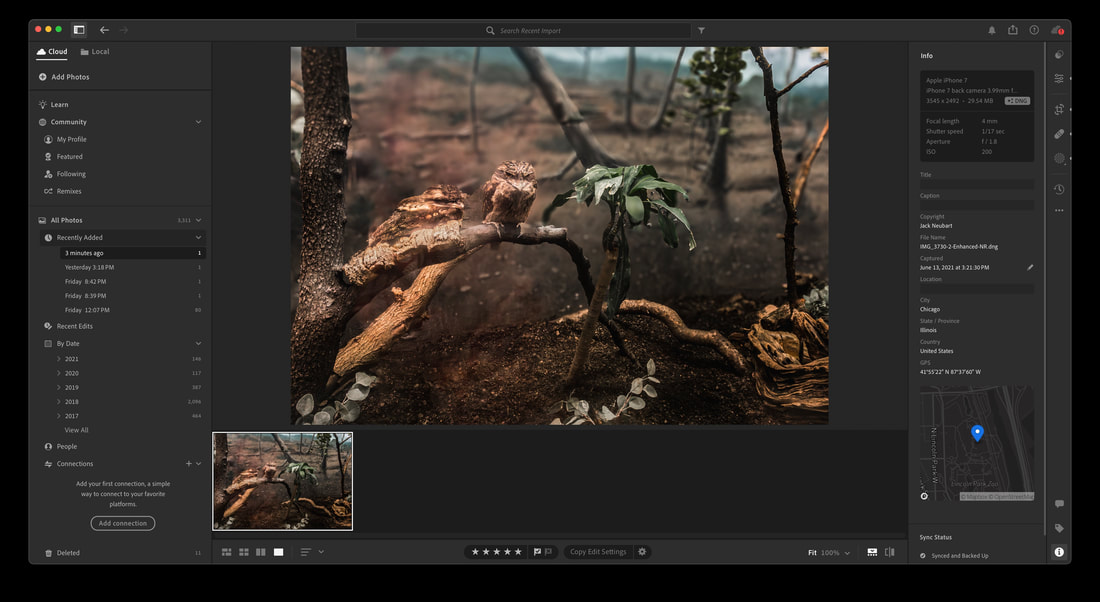
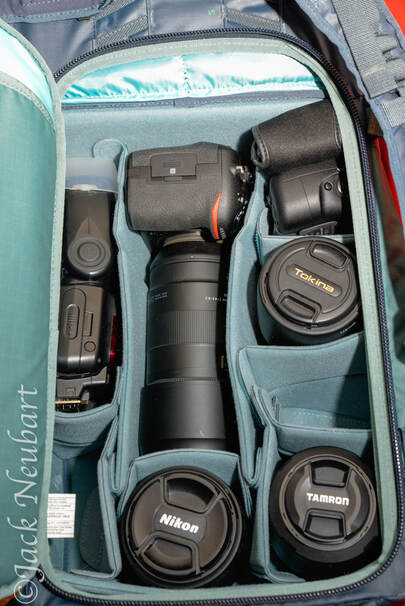
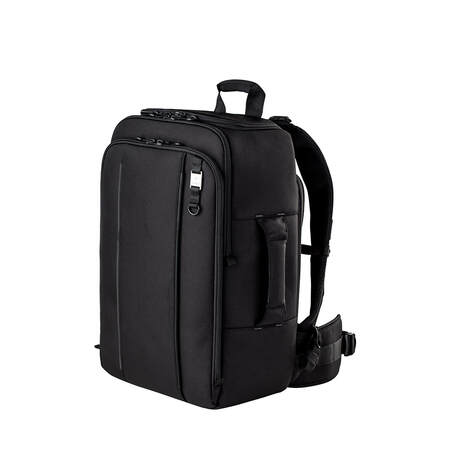
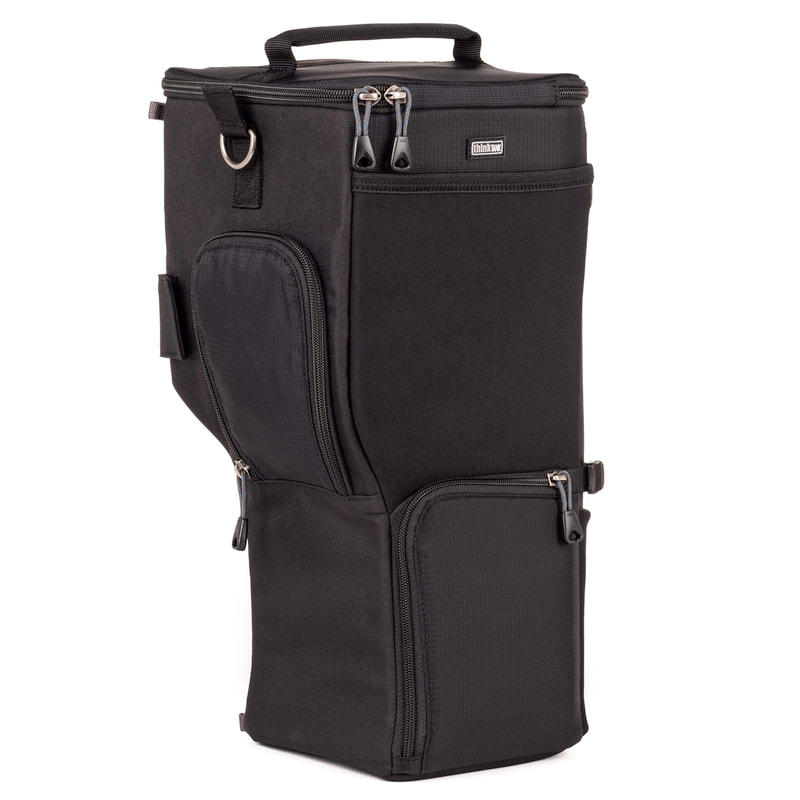
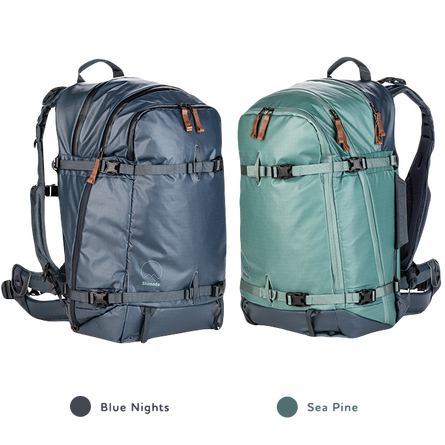
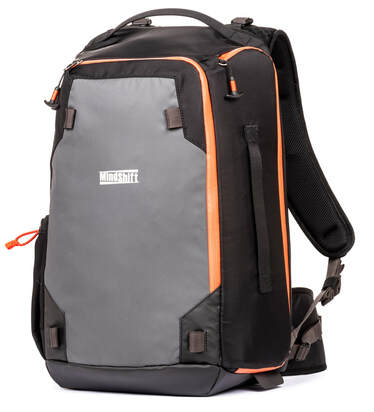
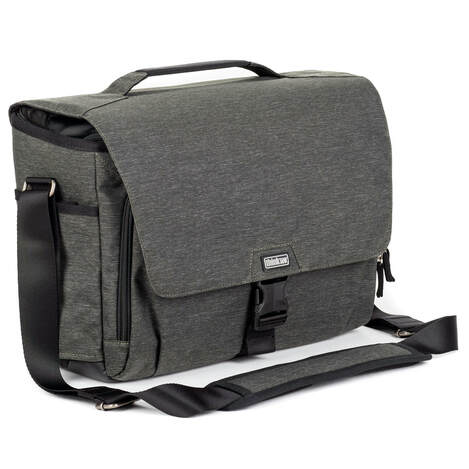
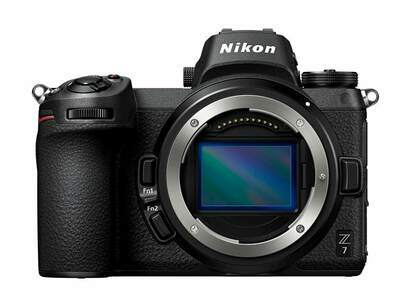
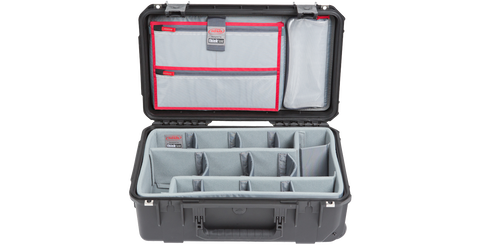

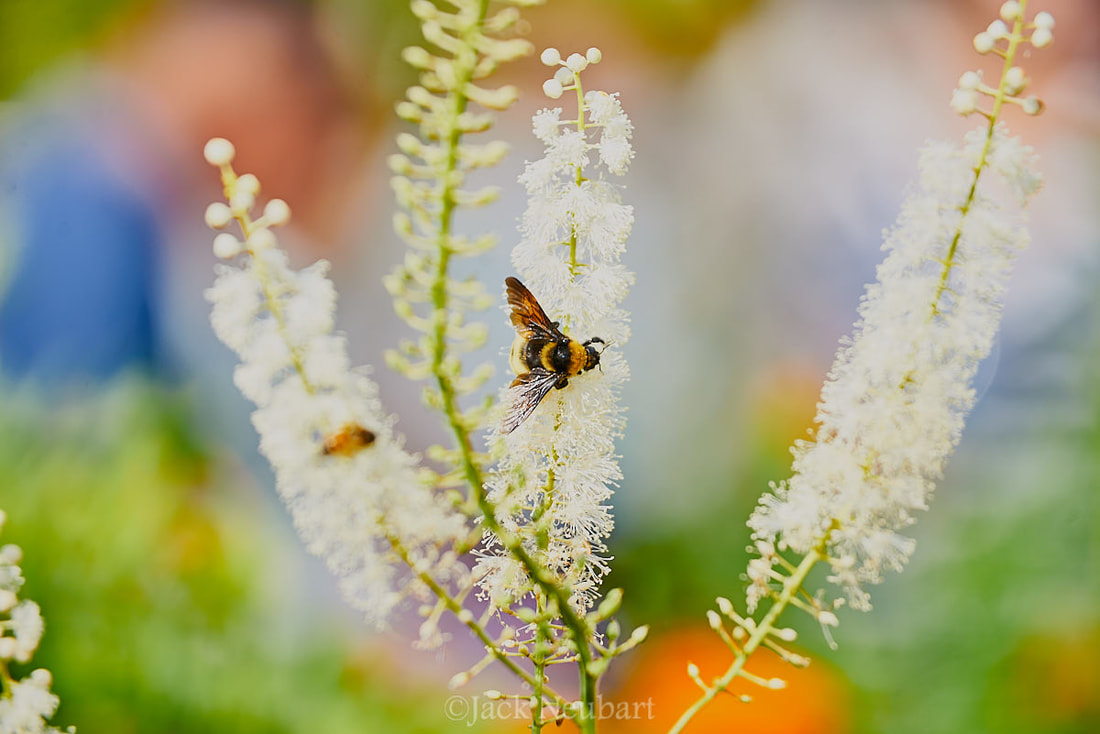
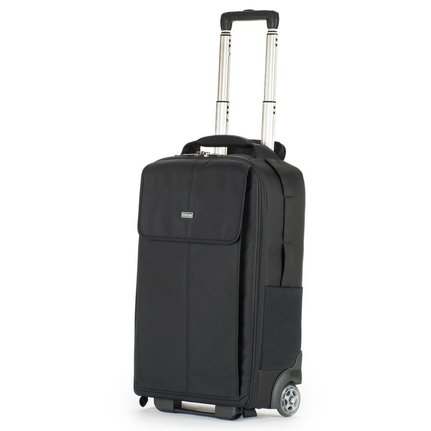
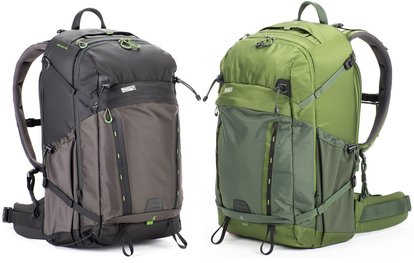

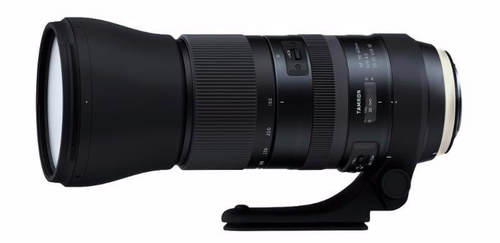
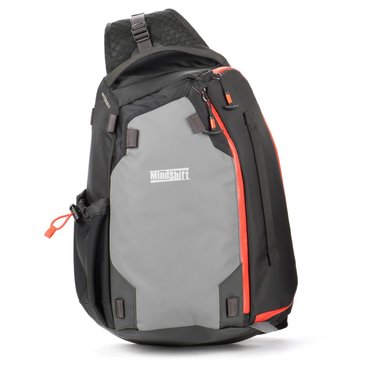
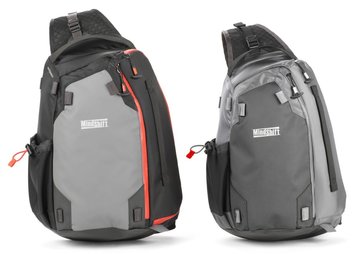

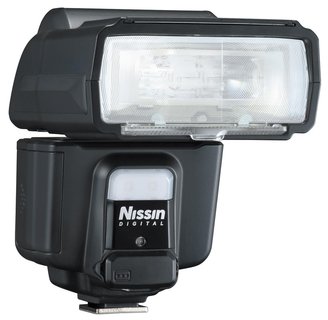
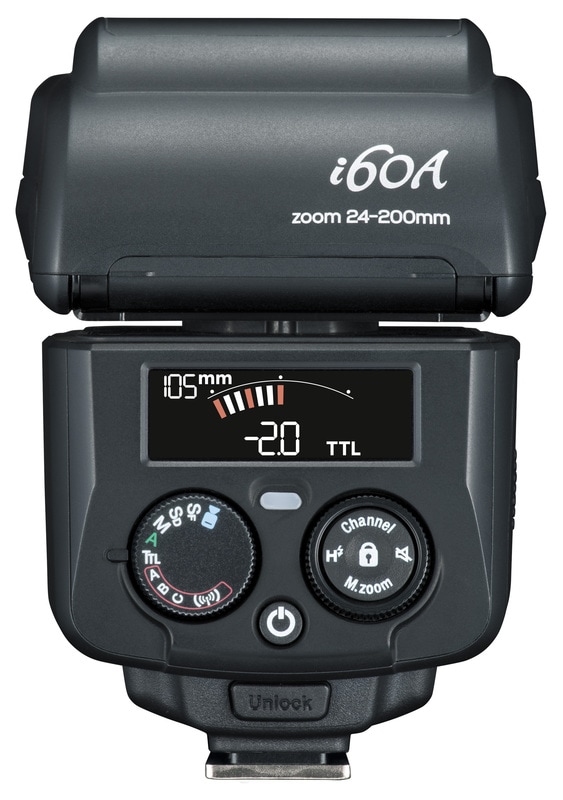
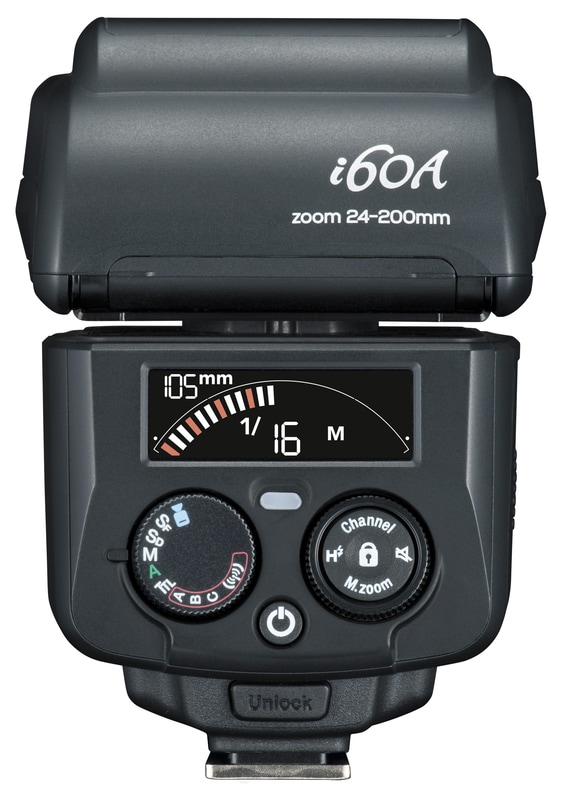
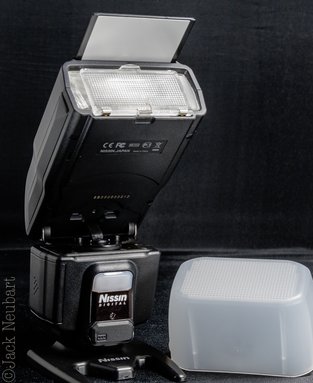
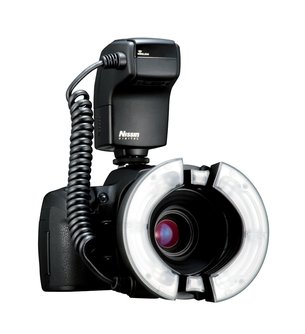
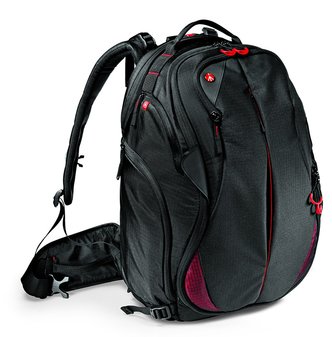
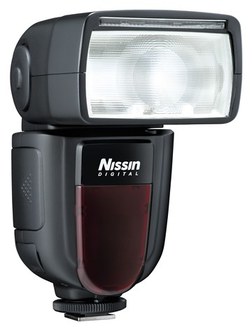
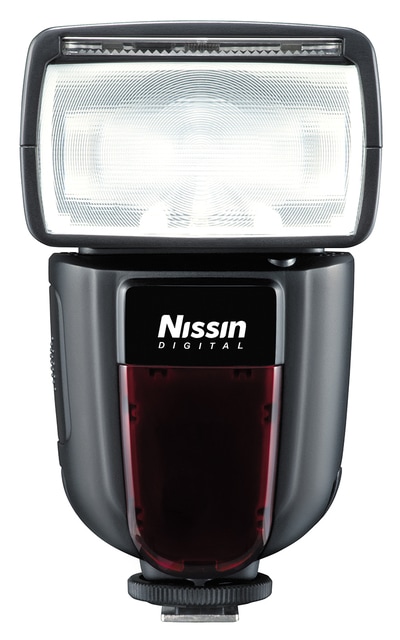
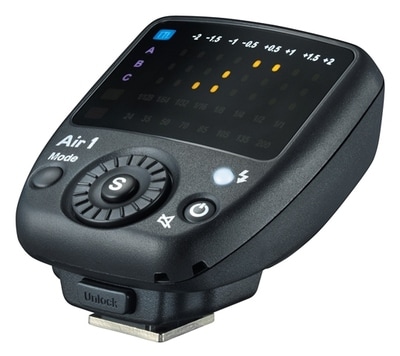
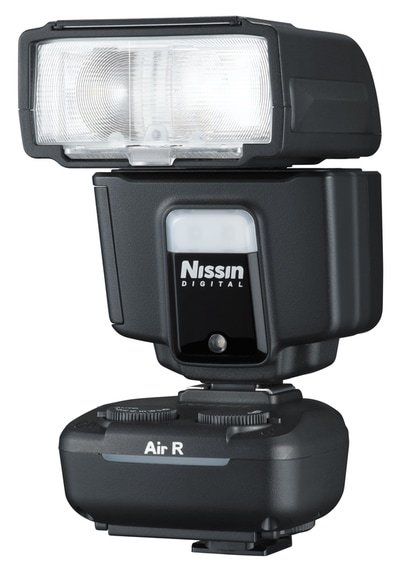
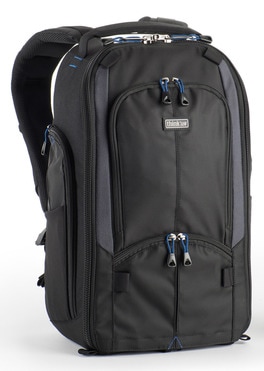
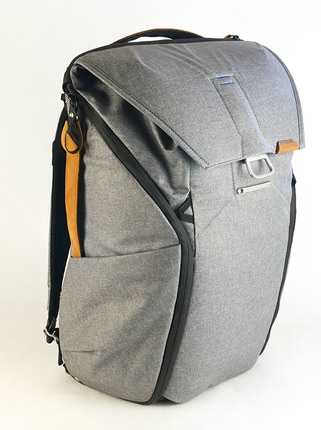
 RSS Feed
RSS Feed